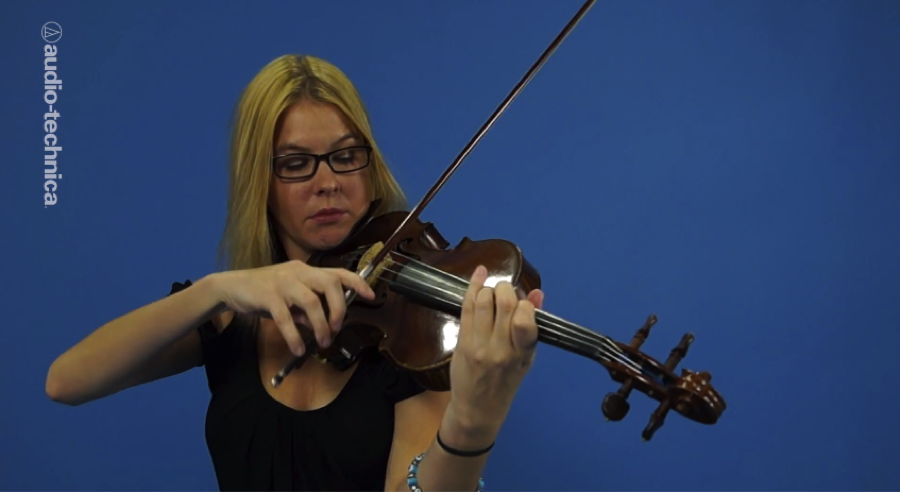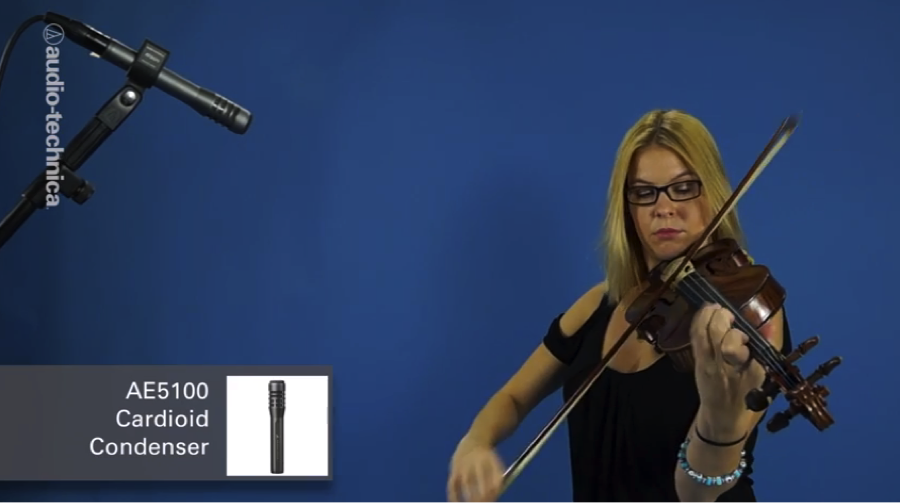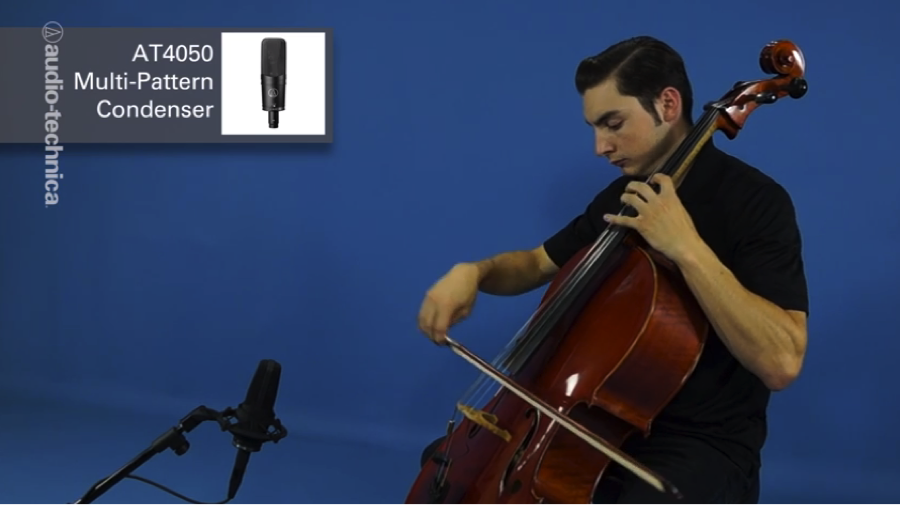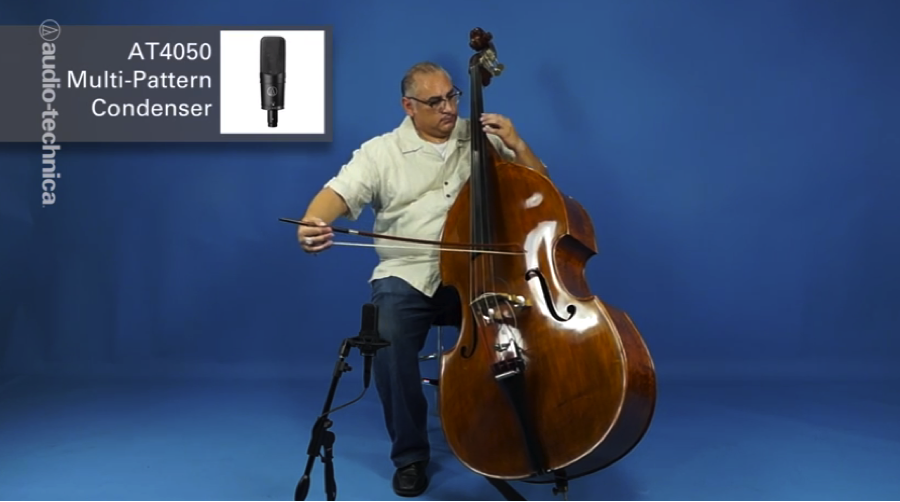For centuries, bowed string instruments have played an important role in music from all around the world. These instruments are known for their complex and expressive sound, which can be challenging to capture in the recording studio. As part of our basic recording techniques video series, here are some tips to take the mystery out of recording bowed string instruments.
 The fundamental sound of any bowed string instrument is comprised of two parts: first, the contact of bow on string (this is where the high end and “scratch” comes from); second, the resonance of the body (this provides the warmth and character of the instrument). When recording string instruments your goal is to position the mic so as to achieve the desired balance between these two parts of the sound.
The fundamental sound of any bowed string instrument is comprised of two parts: first, the contact of bow on string (this is where the high end and “scratch” comes from); second, the resonance of the body (this provides the warmth and character of the instrument). When recording string instruments your goal is to position the mic so as to achieve the desired balance between these two parts of the sound.
The Violin and Viola
When recording the violin, position an AE5100 cardioid condenser instrument microphone approximately 3 feet from the player. This will allow you to capture a defined, yet full and warm sound from the solo violin. The same basic principles apply when recording the viola. If isolation is a concern, you can use a small-diaphragm cardioid condenser microphone, like the AT4051b, and bring it in closer to the instrument. Be certain to balance brightness and body, remembering that you may be able to cut through a dense mix with a more up-front and articulate viola sound.
The same basic principles apply when recording the viola. If isolation is a concern, you can use a small-diaphragm cardioid condenser microphone, like the AT4051b, and bring it in closer to the instrument. Be certain to balance brightness and body, remembering that you may be able to cut through a dense mix with a more up-front and articulate viola sound.
 There are two key things to be aware of when recording the violin or viola: Don’t allow your player to move around too much and pay attention to any bleed from the headphones. Preventing bleed is important, as string players often remove their headphones from one ear during recording.
There are two key things to be aware of when recording the violin or viola: Don’t allow your player to move around too much and pay attention to any bleed from the headphones. Preventing bleed is important, as string players often remove their headphones from one ear during recording.
The Cello
An AT4050 multi-pattern condenser microphone set to cardioid will capture the rich low end of the cello’s fuller-range sound. Position your mic between the bridge and f-hole and about 18 inches away from the instrument.
The Upright Bass
To mic an upright bass, place an AT4050 microphone set to cardioid about 17 inches from the center of the f-hole. Angling it slightly toward the bridge will help you capture both the detail of the bow and the full low end from the f-hole without the sound becoming too boomy. While the complexity of string instruments may still present challenges from time to time in the studio, the preceding techniques should provide you with a strong foundation for capturing full, invigorating string sounds.
While the complexity of string instruments may still present challenges from time to time in the studio, the preceding techniques should provide you with a strong foundation for capturing full, invigorating string sounds.